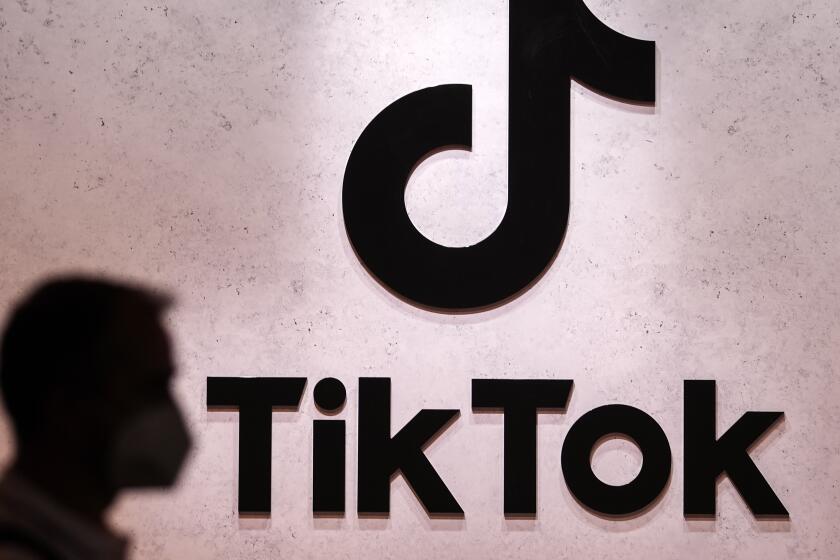Office XP Does Better to Hide Help Features
Microsoft is about to release Office XP, a new version of its popular Office suite. Although final code won’t be available until May, Microsoft offers a trial version for download at https://www.microsoft.com/Office/XP.
The $9.95 download includes all the features of the regular product, but it expires after 30 days. If you like it, you can buy a copy of the final version. But it won’t be cheap. Depending on the features, Office XP costs between $239 and $339 to upgrade from Office 2000 or Office 97--or between $479 and $579 for new users. The upgrade price doesn’t apply to Office 95 users, who will have to pay full freight for a new version.
So should you take the plunge?
I’ve been testing the software for the last couple of months, and I like what I see. But for many users, the improvements don’t justify paying for an upgrade. The new version replaces what is already a robust and full-featured set of applications. If you’re doing fine with the current version of Office--or a competitor’s product--you might as well stay where you are.
Office XP is a bit easier to use than Office 2000, and Microsoft has improved collaboration tools for teams of co-workers who share and collectively revise documents. Although Microsoft has added a number of Internet-related features, Office XP is not the “Microsoft.net” product that the company has been touting. The full integration of Office into the Web remains in our future.
At the risk of paying Microsoft a backhanded compliment, one of the things I like most about Office XP is that the company didn’t do anything to muck it up. Some previous upgrades made the product slower and bulkier. Happily, Microsoft didn’t change the file formats this time, which means you can easily exchange documents between XP and older versions. It also means that people who test out Office XP won’t have to convert their files when they start using it when and if they decide to switch back to a previous version.
And Microsoft has removed some of the well-intentioned but wacky hand-holding features of Office 2000. When you start to write a letter in the older version of Word, for example, a little paper clip cartoon character pops up to offer help. Thank you very much, but I already know how to write a letter.
The help, including that pesky paper clip, is still available, but it no longer pops up by default.
Instead of in-your-face assistance, the new Office has expanded help menus called Task Panes, which come up when you need them. If you’re trying to format text, for example, the Styles and Formatting Task Pane provides you with visual clues of what to do. When you’re designing new PowerPoint slides, a Task Pane comes up with examples of various options.
These Task Panes help you discover the features already built into the product. Even older versions of Office have far more features than anyone would ever use or even know about. Making them understandable to users is more important than adding even more features.
Outlook has some minor enhancements. The find options have been streamlined, and there is now more protection against e-mail viruses. Excel now has an auto-recovery feature that can save your work sheet if the program crashes or the power fails before you hit the save button.
There are lots of small improvements to Word. You can now do noncontiguous selection of text, which makes it easier to change the format, delete or change text in different parts of a document at the same time.
One of the biggest innovations is Smart Tags, which recognize certain types of data to give you additional options. If you enter stock symbols in Excel, a Smart Tag pops up to provide you with up-to-date quotes from the Web. Enter a name in Word, and you’re given the option of looking up the person’s address in Outlook or just sending an e-mail.
Microsoft is taking small steps to integrate Office into the Web. A new service called SharePoint will allow groups to share documents, appointments, spreadsheets and other Office files. A SharePoint group site can be hosted by an Internet service or on a company server.
*
Technology reports by Lawrence J. Magid can be heard between 2 and 3 p.m. weekdays on the KNX-AM (1070) Technology Hour.



